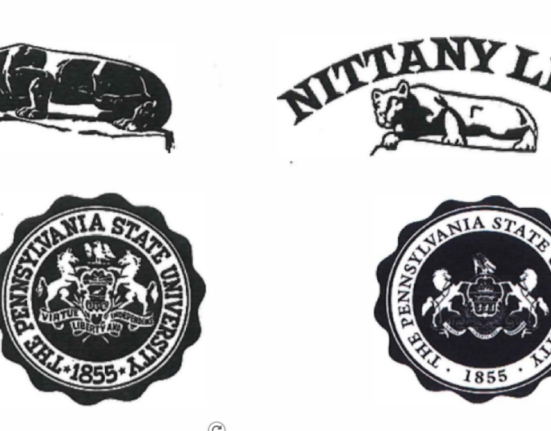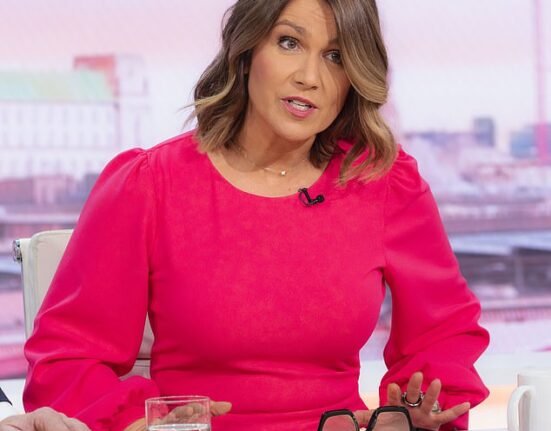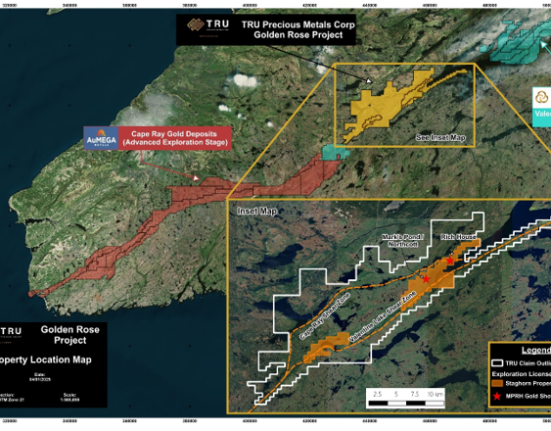Russia has imposed what it called anti-terror measures in Kursk, the site of a Ukrainian military incursion, and two nearby regions as well as Bryansk and Belgorod.
The announcement was made early on August 10 by the National Anti-Terrorism Committee. In a statement, it said the decision had been made by Aleksandr Bortnikov, head of the FSB intelligence service, in response to Ukraine’s “unprecedented attempt to destabilize the situation in a series of regions.”
The committee said the measures included the possible evacuation of residents, limits on transport, beefed-up security around sensitive sites, and wire taps.
Russian media reported on August 10 that more than 76,000 people have been evacuated from border areas in the Kursk region since Ukraine launched the surprise cross-border offensive on August 6. TASS quoted Artem Sharov, an official from the regional Emergencies Ministry, as saying that those evacuated “have been temporarily relocated to safe places.”
Dozens of temporary accommodation facilities have been set up in Kursk and other regions, Sharov told journalists, according to TASS.
The Russian Defense Ministry said on August 10 that fighting was continuing region and that the army has conducted air strikes against Ukrainian forces.
Live Briefing: Russia’s Invasion Of Ukraine
RFE/RL’s Live Briefing gives you all of the latest developments on Russia’s full-scale invasion, Kyiv’s counteroffensive, Western military aid, global reaction, and the plight of civilians. For all of RFE/RL’s coverage of the war in Ukraine, click here.
On August 9, Russia declared what it described as a “federal-level” emergency in the Kursk region, hours after a Ukrainian military strike on an airfield there.
In response to the incursion, the Russian Defense Ministry said on August 9 that it was transferring extra forces to the region, including Grad multiple-launch rocket systems, artillery, and tanks, Interfax reported.
State-run media reported on troops and armor being redeployed to Kursk, including video of Russian military on the move, much of it reposted on social media.
Russian military bloggers claimed that “irregular Russian forces are already arriving in the Kursk region, including those that were previously deployed in other areas of the front.”
But the Institute for the Study of War (ISW) said late on August 9 that the Russian military command “appears to be relying on existing units deployed to the international border area and readily available forces in the rear, most of which are units staffed with conscripts and irregular forces, to address the ongoing Ukrainian incursion into Kursk Oblast.”
The cross-border action in Russia’s Kursk region has been described as the biggest attack on Russian soil since Russian President Vladimir Putin launched his country’s unprovoked, full-scale invasion of Ukraine in February 2022.
Much remains unclear, including the number of Ukrainian soldiers taking part, although the Russian military has claimed it involves some 1,000 troops and more than two dozen armored vehicles and tanks.
Since the start of the incursion on August 6, Ukrainian troops have seized control of about 600 square kilometers of territory and more than two dozen settlements, according to local officials, pro-war bloggers, and open-source intelligence reports.
In the fresh announcement on August 10, the National Anti-Terrorism Committee said the measures included possible eviction of residents, limits on transport, beefed-up security around sensitive sites and wire taps.
Ukrainian President Volodymyr Zelenskiy on August 10 acknowledged the offensive, referring in his evening address to reports from commander in chief Colonel General Oleksandr Syrskiy about actions “pushing the war into the aggressor’s territory.”
“Thank you to each of our units of the defense forces who make this possible. Ukraine proves that it really knows how to restore justice and guarantees exactly the kind of pressure that is needed: pressure on the aggressor,” Zelenskiy said without explicitly referring to the situation in the Kursk.
Ukrainian soldiers appeared in a video late on August 9 showing a Ukrainian flag against the backdrop of a Gazprom facility in Sudzha, about 10 kilometers from the border. In the video, which was posted on Ukrainian media, one of the soldiers says that Sudzha and the Gazprom facility is controlled by Ukrainian forces.
“The news is as follows. The city is controlled by the armed forces of Ukraine. The strategic object of Gazprom in Sudzha is controlled by the 99th Mechanized Battalion,” the fighters say in the video, which could not be immediately verified.
Sudzha Mayor Vitaly Slashchev denied the claim in a comment to TASS but said an evacuation of the city was under way.
A Ukrainian member of parliament who spoke with RFE/RL on August 9 said the Ukrainian military was “advancing and making an impression on the enemy” and inflicting damage on Russian forces in the Kursk region.
“And the most important thing is that they are advancing quite professionally,” lawmaker Roman Kostenko said, adding that they had managed to surprise the enemy at a place where the Russian forces were the weakest.
Earlier on August 9 the Ukrainian military said it had hit the airfield in Russia’s southern Lipetsk region overnight, damaging guided-bomb stockpiles.
“Several sources of ignition were recorded, a large fire broke out and multiple detonations were observed,” Kyiv’s military said on the Telegram messaging app.
It said Russian Su-34, Su-35 and MiG-31 aircraft were based at the airfield.
Satellite images made available to RFE/RL by Planet Labs show the consequences of Ukrainian strikes on the Lipetsk airfield. The unverified images show completely destroyed buildings and evidence of a large fire. Two craters — possibly the result of missile or drone strikes — are also visible.
The head of the UN’s nuclear watchdog, Rafael Grossi, has urged Ukraine and Russia to show restraint in the fighting in the Kursk region, the site of one of Russia’s largest nuclear power stations.
“At this juncture, I would like to appeal to all sides to exercise maximum restraint in order to avoid a nuclear accident with the potential for serious radiological consequences,” Grossi said in a statement.
Russia’s diplomatic mission in Vienna, quoted by Russian news agencies, said it had told the International Agency for Atomic Energy (IAEA) that fragments had been found at the station, possibly from downed missiles, but there was no evidence of any direct attack on the facility.
Elsewhere, unconfirmed reports spoke of a Russian column having been destroyed in the Kursk region with many casualties. Video circulating on social media showed what appeared to be many burned-out military transport vehicles on the side of a road in or near the town of Rylsk.
Two ethnic Armenians in Kursk who spoke with RFE/RL’s Armenian Service by phone said the Russian authorities had banned large gatherings and mass events in the region through August 11.
“It can be said that we are at war now,” said one of the men, who spoke on the condition of anonymity.
He said Ukrainian troops had captured two towns that are 60 to 70 kilometers away from the city of Kursk in addition to the Gazprom facility.








